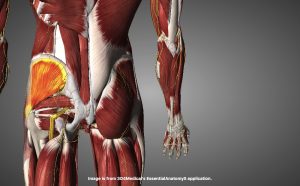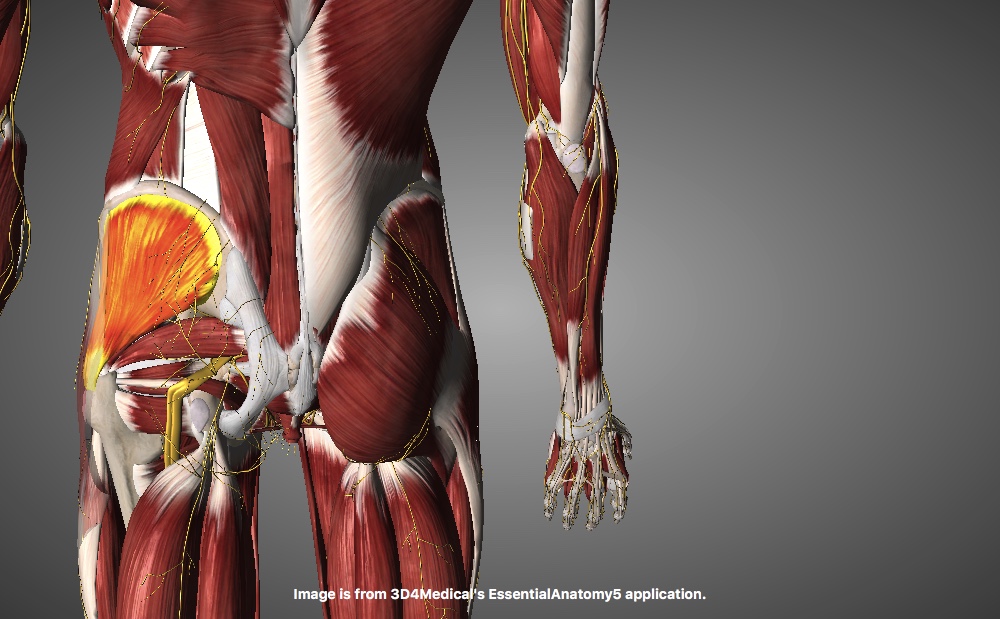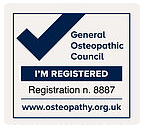Diagnosis and Treatment for Runner’s Glute Pain
I first experienced Runner’s Glute pain in the Summer of 2020 (Lockdown). Like a lot of people during that time I had increased the frequency of my runs from 1x per week and approx 5-8km, to 3 x a week. I had also increased the distance too. That was ok. To follow is a Diagnosis and treatment of Runner’s Glute pain shared with you to help if you are experiencing the same symptoms but not sure how to effectively fix it.
However I then started to add sprints into the mix during a 5 k. It was then that I started to notice that after the run for 1-2 days I would have this aching pain at the top of my buttock.
I decided to ignore it. Just what I tell my patients NOT to do! It would calm down before my next run. However as the summer progressed I started to feel the ache during the run and then afterwards it was very painful too.
The pain continued to get worse and then eventually at the beginning of September after doing a sprint session mid week I ran a 10km and I could hardly finish it. The pain was so bad. For the next week even walking was painful too and even jogging across the road was very uncomfortable.
The Diagnosis of Runner’s Glute Pain
As an Osteopath I first ruled out lower back or disc pain and then sacro-iliac joint pain. After two weeks rest I could walk pain free. But after 500m running I could feel it and after 2km I had to stop. It didn’t feel like a pulled muscle.
I eventually narrowed it down to this muscle group. I had Chronic fatigue of my Gluteus Medius or what is

Chronic fatigue of Gluteus Medius Left
known in Runner’s vernacular as Runner’s Glute pain.
So now I had a diagnosis but I asked myself the question Why had it occurred in the first place?
The role of Gluteus Medius
To work out why it happened it’s important to know what its function is.
There are two parts to the muscles the anterior or more forward section flexes the hip and induces inward (internal) rotation of the femur (thigh bone). The other part the posterior part towards the back enables the leg to lift to the side (abduction), stabilising the pelvis and to extend the leg . If the muscle is fatigued then one or more of these actions is having to happen more often than before.
I was experiencing a build up of aching pain in the posterior section of the muscle which means that I either had a loss of pelvic stability, greater abduction or increased extension – or a combination of all three.
Tests and Observations
The outside of my trainers were worn down more on the left than the right which can suggest an element of ‘landing’ on the outer part of my foot. A year before in 2019 , I had a very painful bunion on my left foot , so this could have been a compensation mechanism that I developed sub consciously to offload my big toe joint.
Trendelenberg’s Test
Osteopaths use this test to indicate a lack of pelvic stability and specifically if Gluteus Medius is not ‘firing up’ as it should.
The test: you stand with both feet a shoulder’s width apart and then lift one knee to waist height, standing on one leg and then repeat on the other side. Note any loss of balance more on one side than the other. Do it in front of a mirror with your hands on your hips and note if one side drops a little more than the other.
The result: My right side- standing on my right leg – I was rock solid. No balance issue. No left hip dropping below my right. However my left side, the side of my pain, when standing on my left leg. My balance was very difficult to maintain. My right hip dropped too and my left knee went inwards to try and help my balance.
Learnings: If this was happening every time I landed on my left foot when running the muscles were soon going to become very tired and overworked indeed.
Treatment for Runner’s Glute pain
I started a rehab exercise that would be functionally close to a running action and that encouraged the left Gluteus Medius to work on raising my right hip and become stronger in the process. This would ensure less hip drop in the future
https://youtu.be/eaCcEkGk0c8?si=_eC2juJ7-PhU0U0q
10 reps x 3 sets every other day for the first week building up to 20 reps x 3 sets every other day in week 2.
I did it on both sides, just to give my left side a break, working alternate legs / hips.
I also worked on my hip flexors ensuring that my stride length was maintained.
Hip Flexor stretch
Do 10-15x before a run and am and pm daily.
https://youtu.be/Fnzh6bo4_z4?si=1fFzL-7PphpTQWKO
Hugo Firth provides tailored rehab exercises for all his patients. SOme of these can be found on the here
The results
After two weeks of this exercise (with no running) I did a short run of 3km without any pain. The next week I increased that to 4km, again no pain. I continued to do the exercise at least twice a week. Within 8 weeks I was running twice a week (5-8km) pain free.
Don’t Rush your Rehab to effectively treat Runner’s glute
It’s important not to rush back too soon especially when you are out of pain. Slowly build up your time/distance each week. Perhaps 1km more each week. And continue to give your muscles time to rest and recover after a run or a Gluteal workout session. So for example if you did Glute exercises on Monday you would rest Tuesday and even Wednesday if they were still feeling stiff and then run on the Thursday, followed by at least 2 days rest and then a Gluteal work out.





